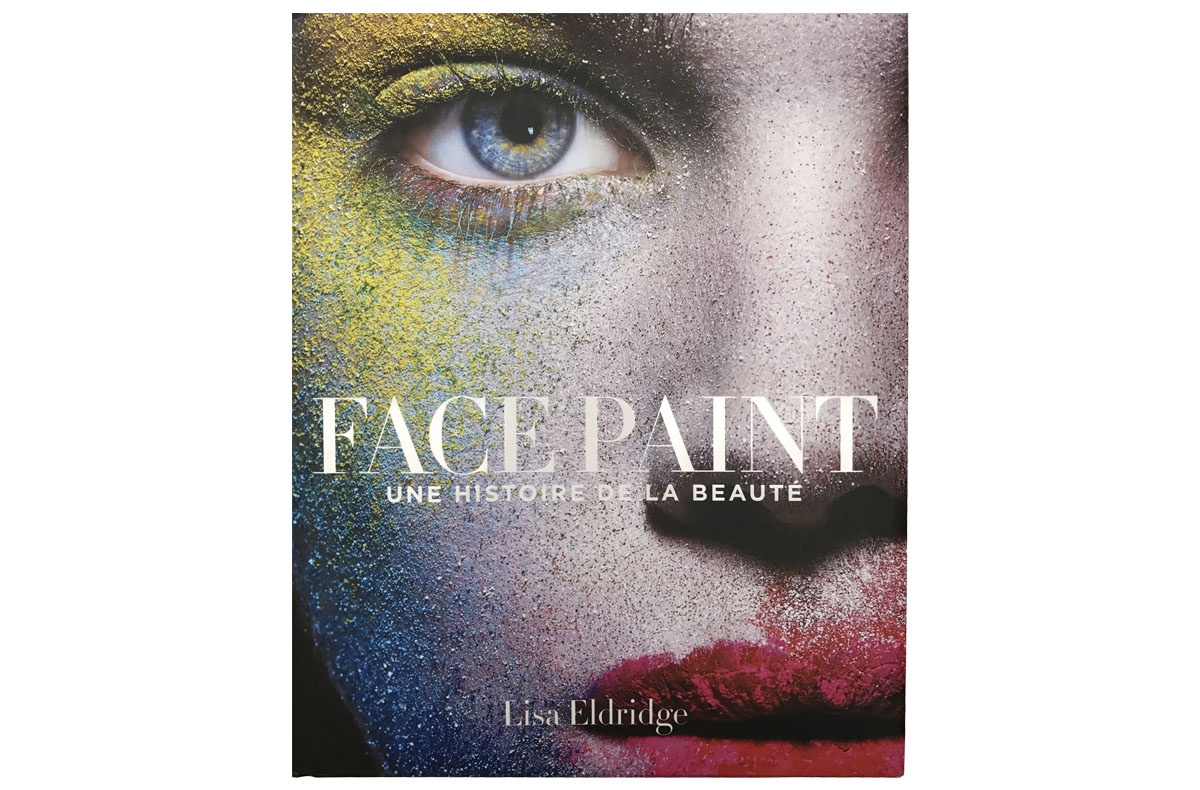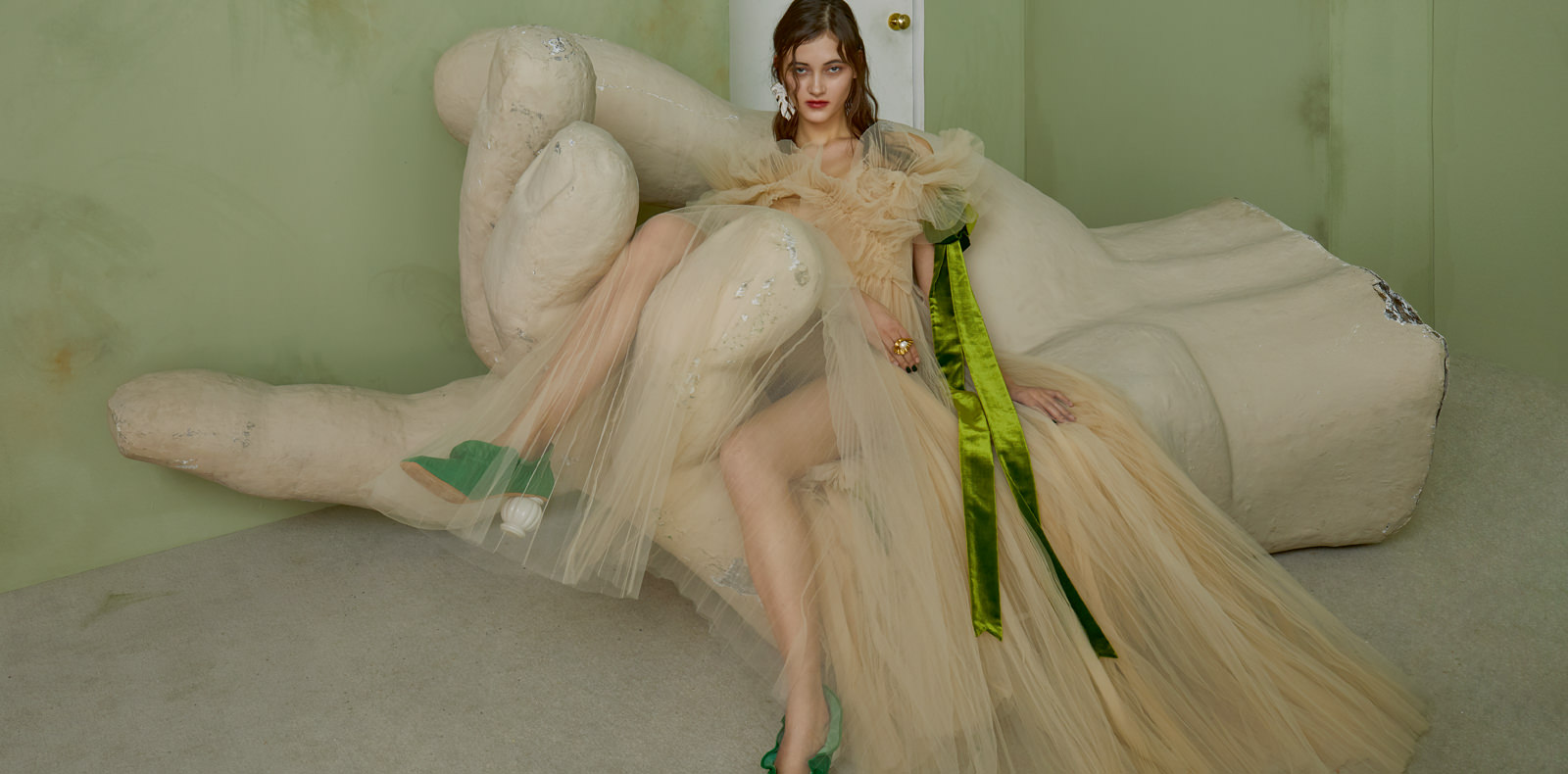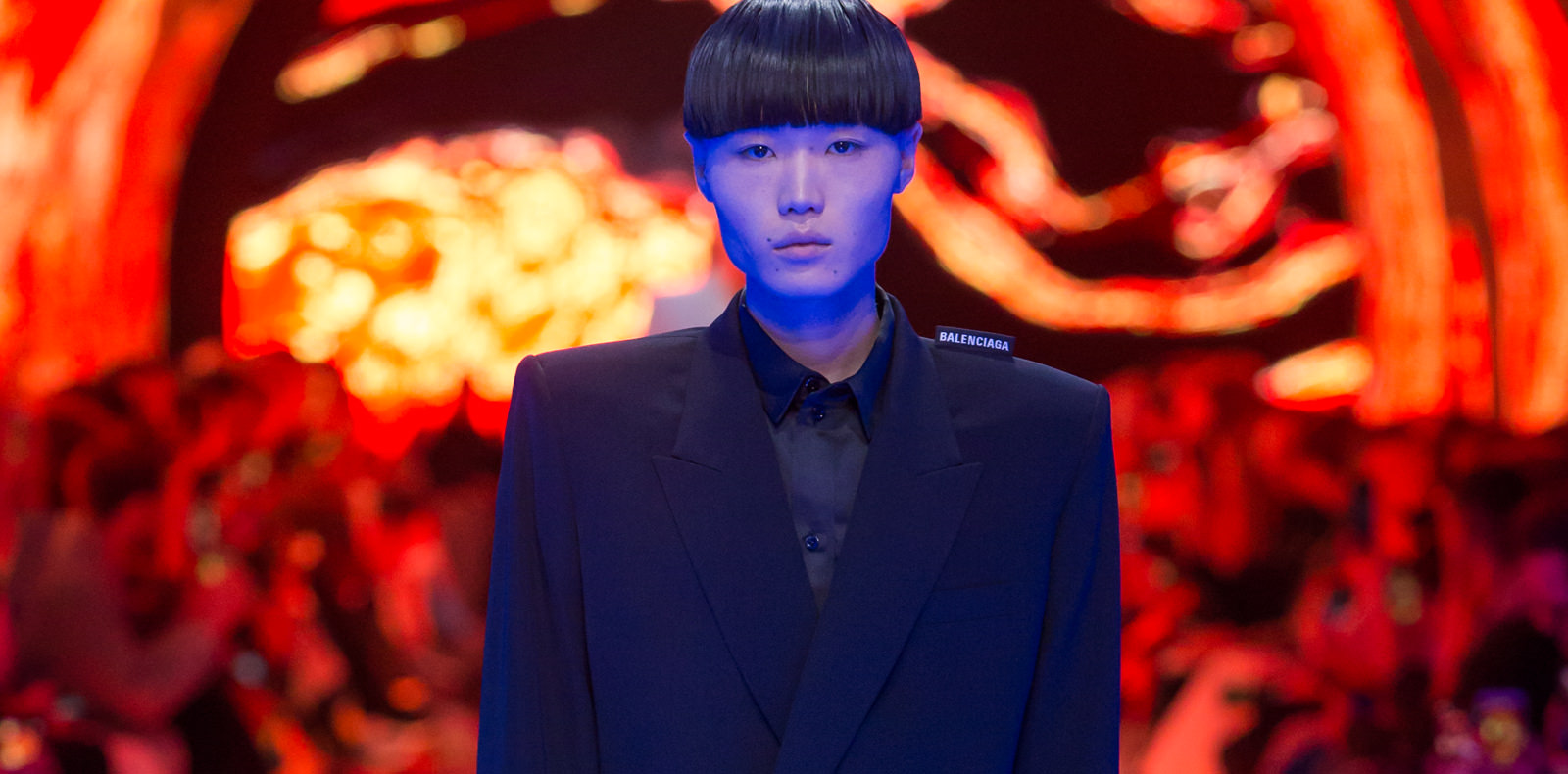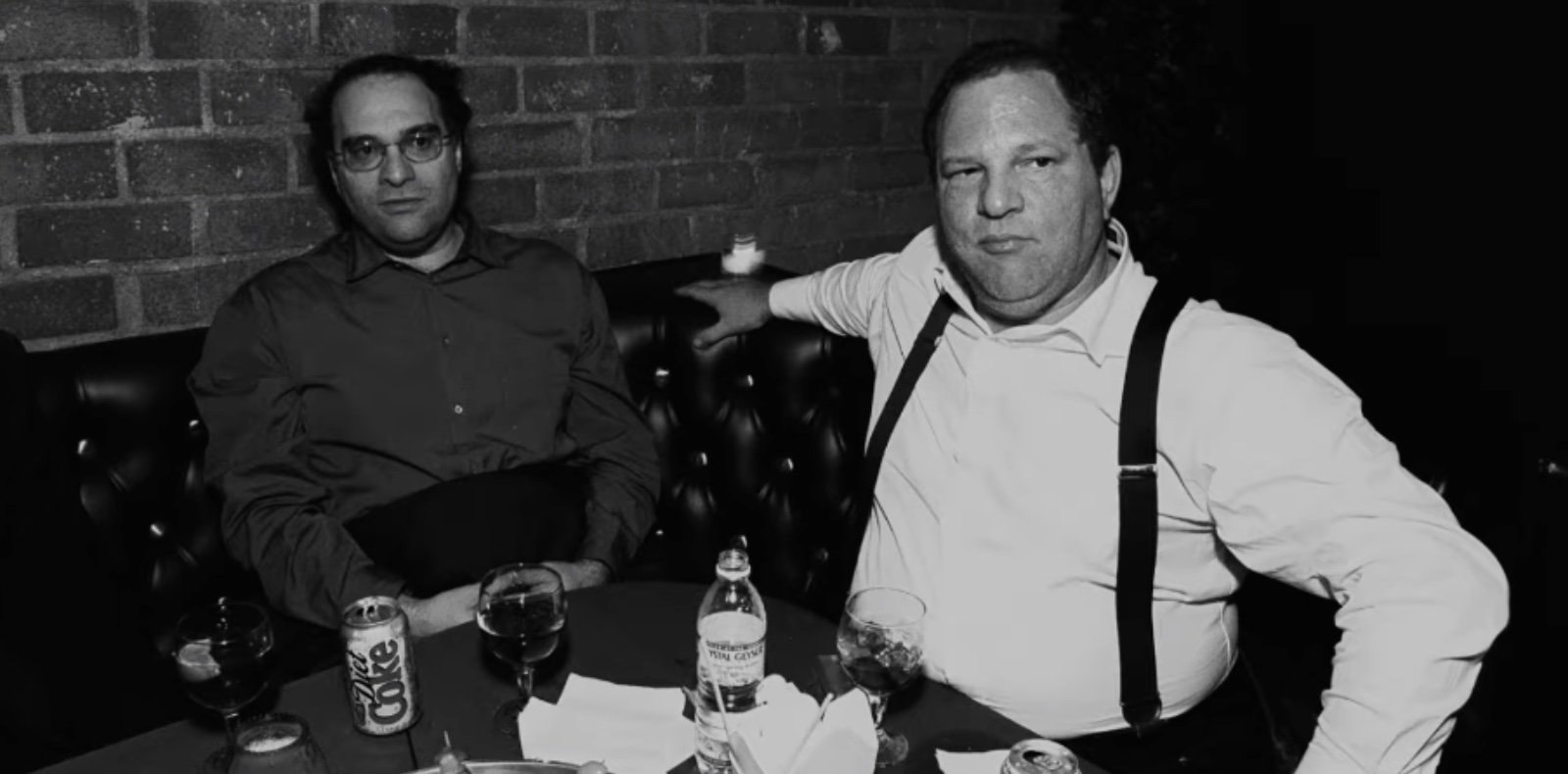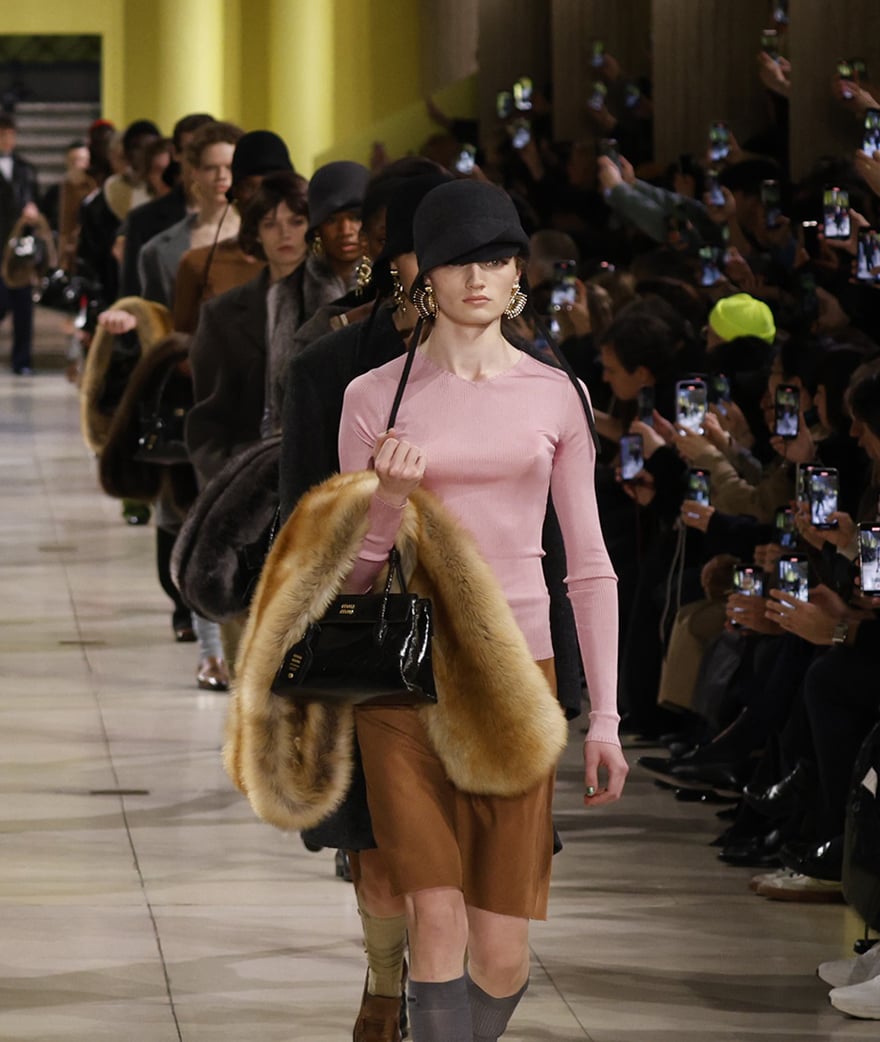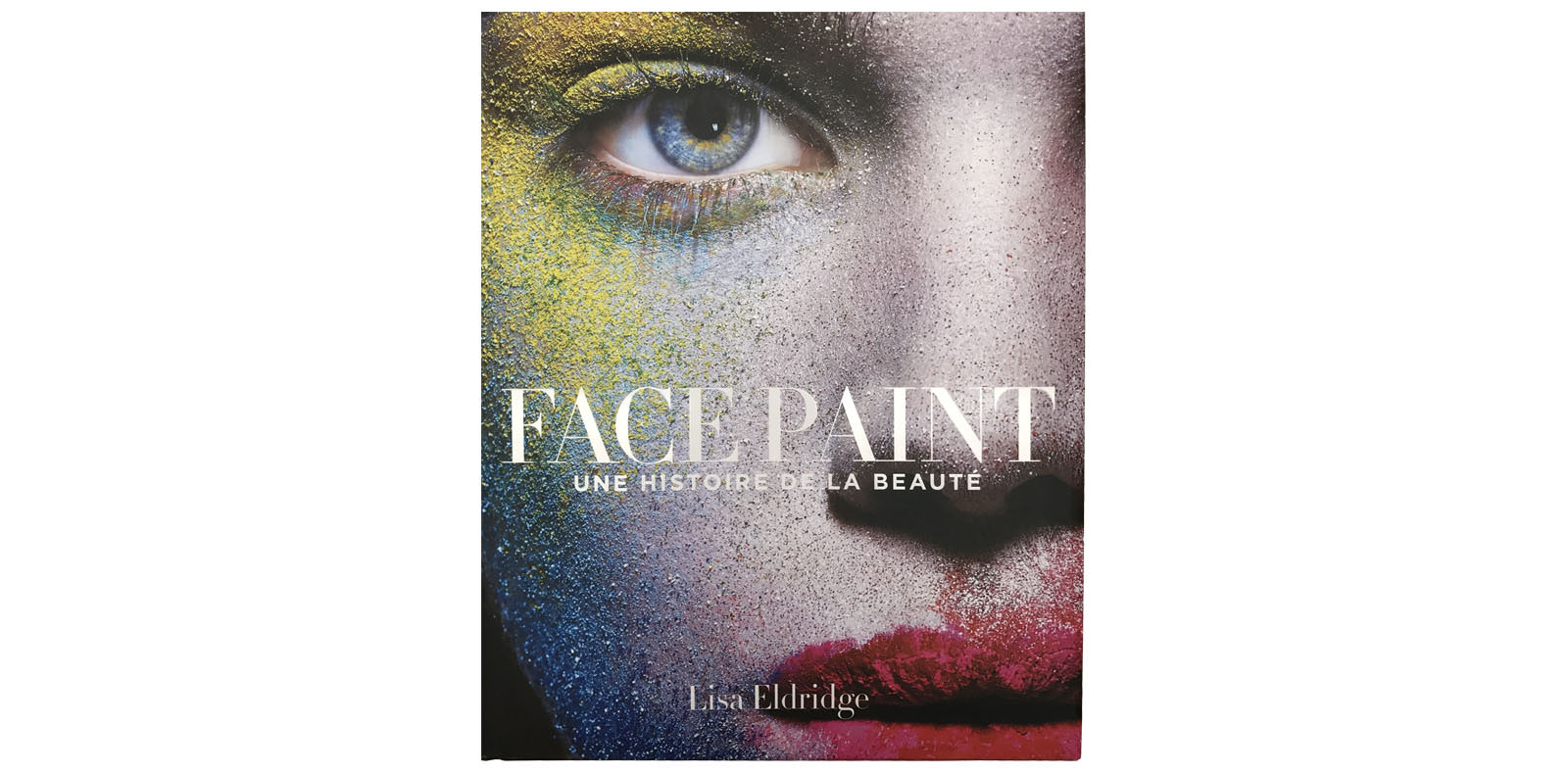
1
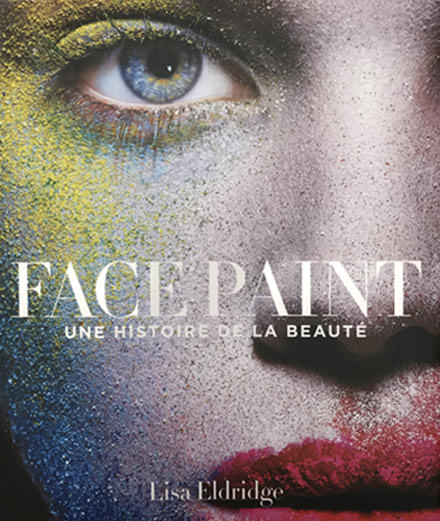
1
Make-up artist Lisa Eldridge publishes a history of make-up
An early Numéro collaborator, Lisa Eldridge shares her passion for the history of make-up in a brand new book that offers a shimmering digression into the heart of the history of maquillage.
It’s beyond her career as a make-up artist amidst the hubbub of a contemporary star-system that we find Lisa Eldridge’s purpose in this book. Hers is a mission that goes back over the millennia of make-up and beauty practices that have inspired her own celebrated oeuvre. She builds an exhaustive history of beauty that’s joyous, personal and sometimes surprising. From the importance of the geishas white face-paint to the make-up of Liz Taylor, Twiggy or Grace Jones, the author deciphers and brings resonance to colours, materials, eras and muses while offering a panorama of make-up and its involvement in social practices and the production of past and modern images.
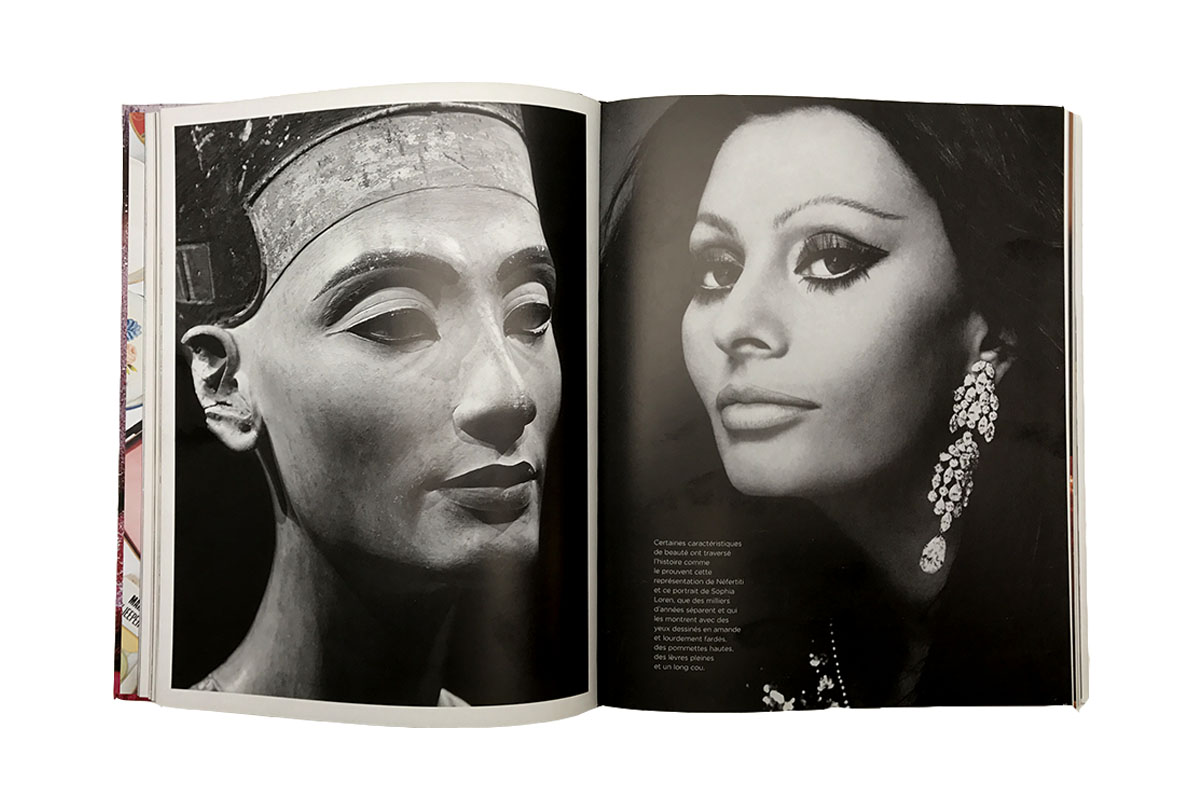
“Certain beauty characteristics have traversed time as this depiction of Nefertiti and this portrait of Sophia Loren reveal in spite of being separated by thousands of years, with their heavily shadowed, almond-shaped eyes, high cheekbones, full lips and a long neck.” Lisa Eldridge.
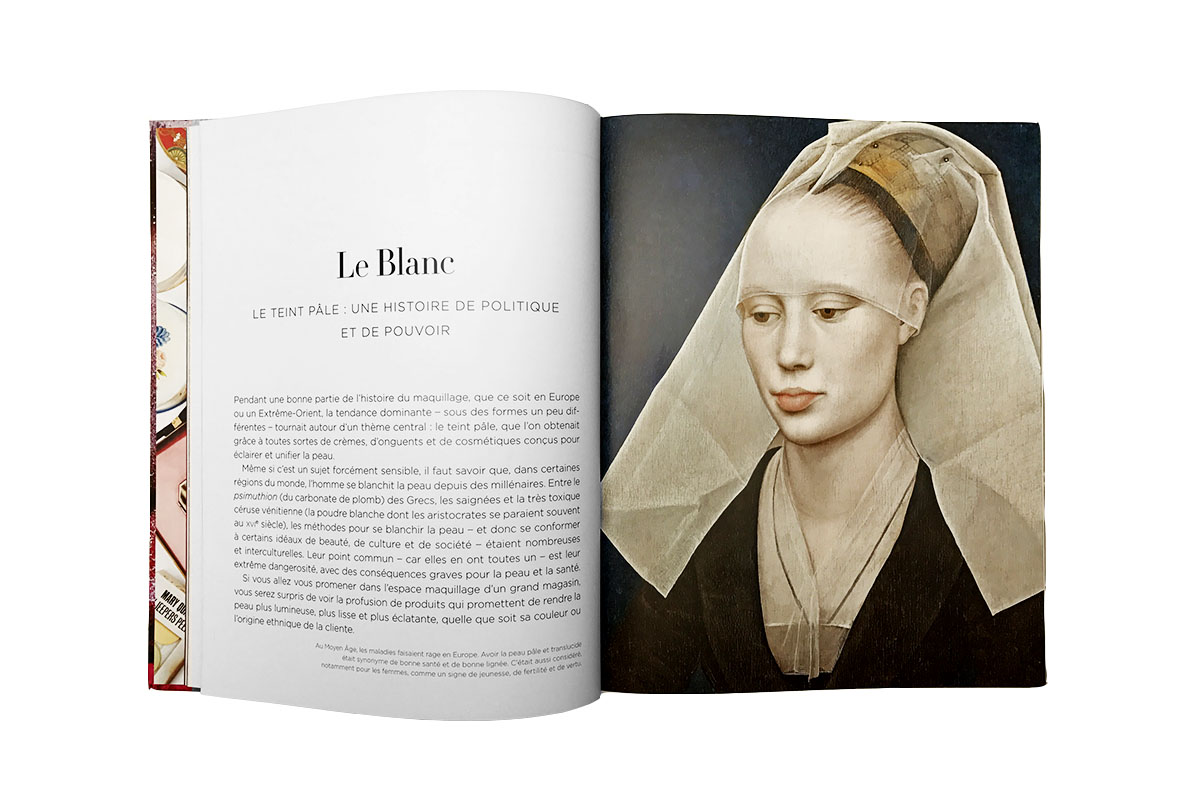
“In the middle ages, illnesses ravaged Europe. Having pale and translucent skin was synonymous with good health and a good bloodline. It was also considered, for women, to be a sign of youth, fertility and virtue.” Lisa Eldridge.
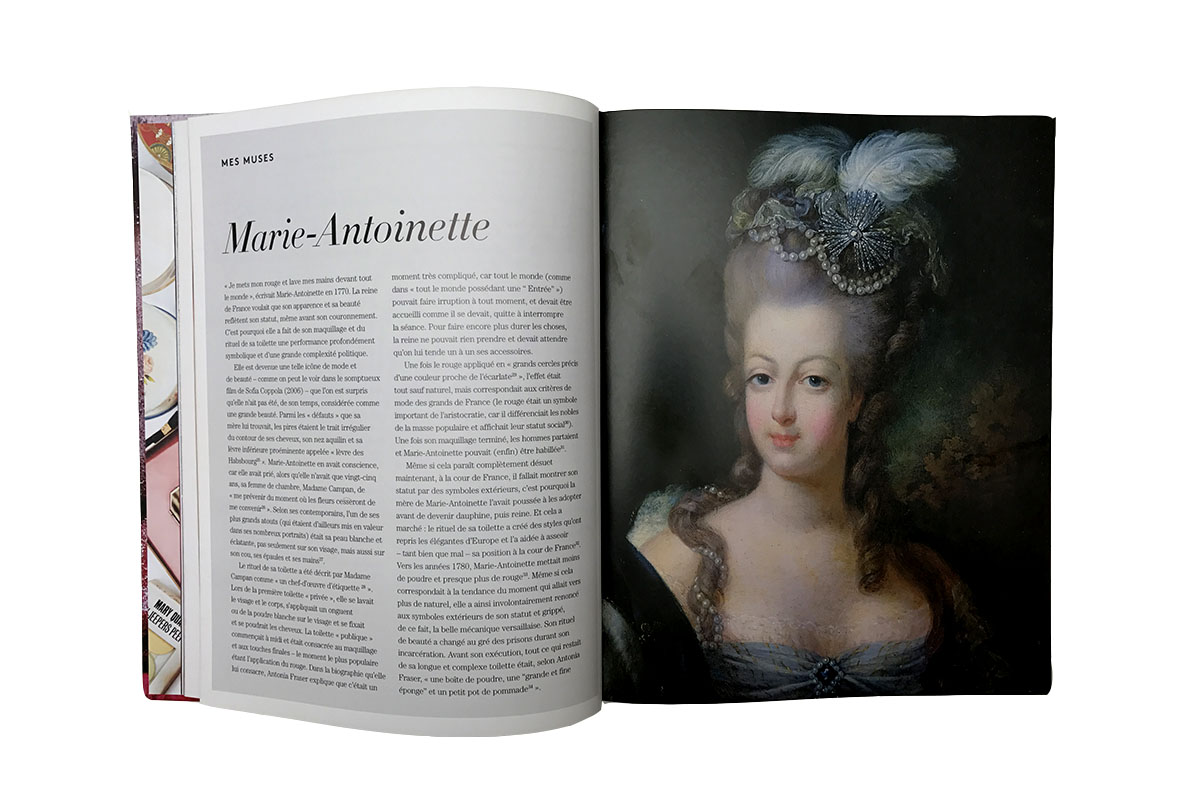
“I apply my rouge and wash my hands in front of everyone”, Marie-Antoinette, 1770.
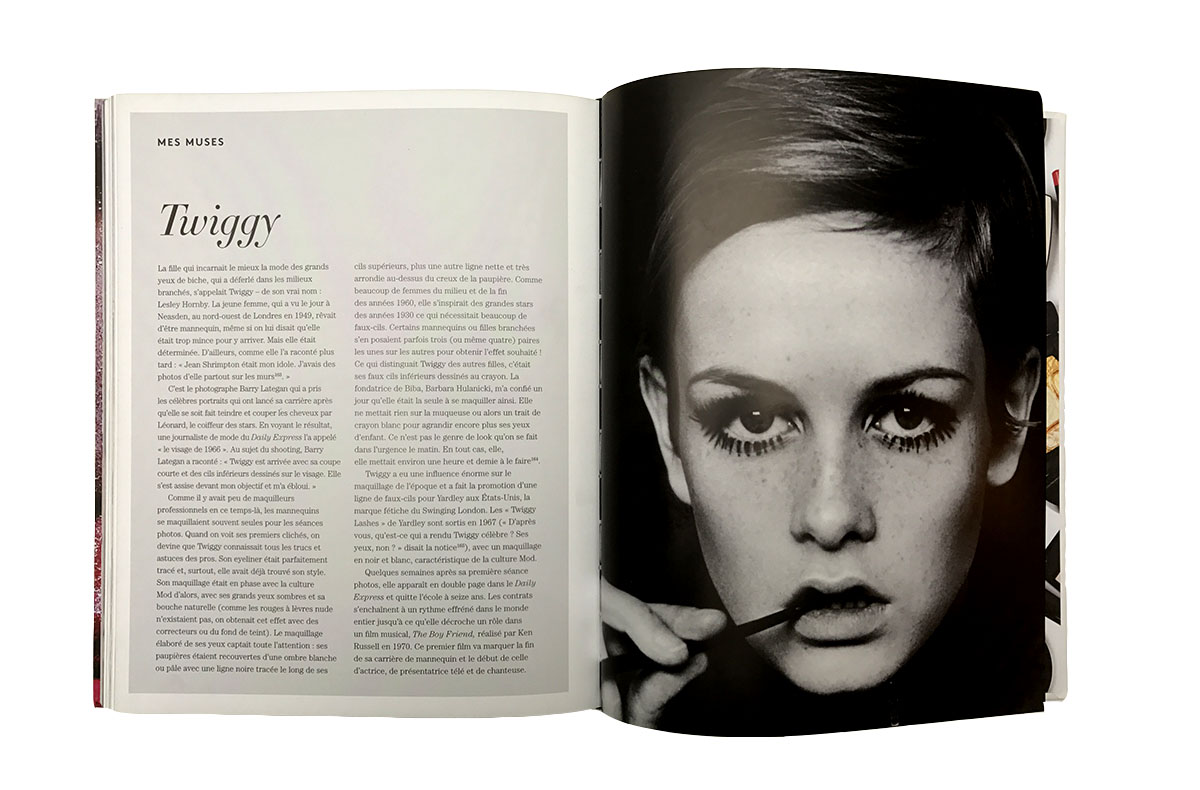
“Twiggy arrived with her cropped hair and lower eyelashes drawn onto her face. She sat down in front of my camera and blew me away.” Barry Lategan, the photographer who took the famous portraits of Twiggy that launched her career.
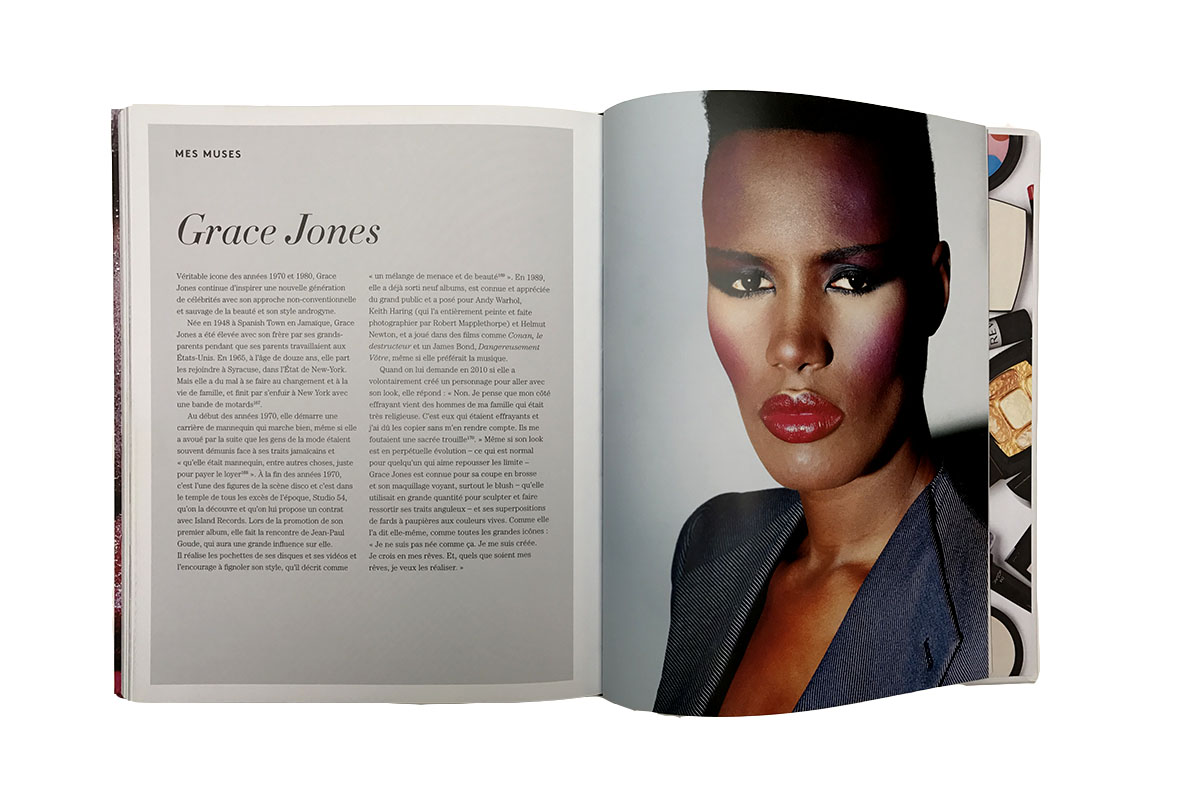
“Grace Jones is known for her crew-cut and her eye-catching make-up, particularly the blusher – which she’d use in large quantities to sculpt and bring out her angular features – and her layers of eye shadow in vibrant colours.” Lisa Eldridge.
By Pierre Loubat






